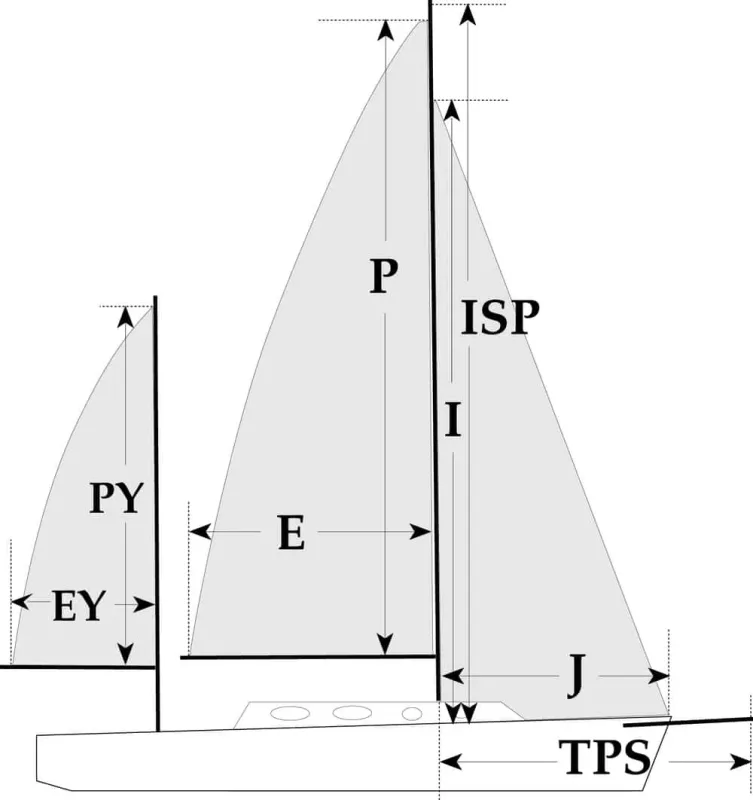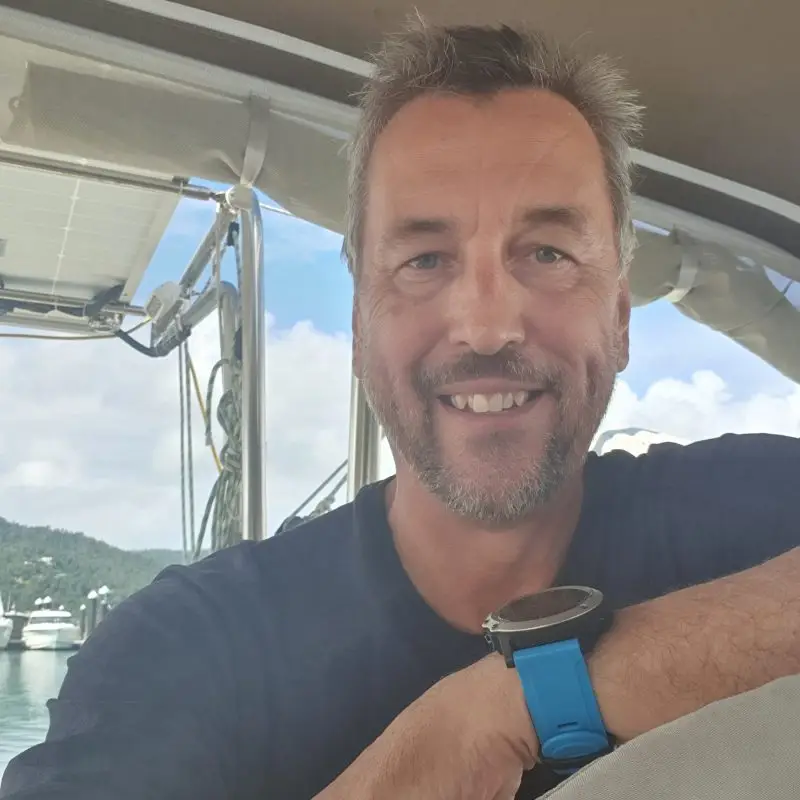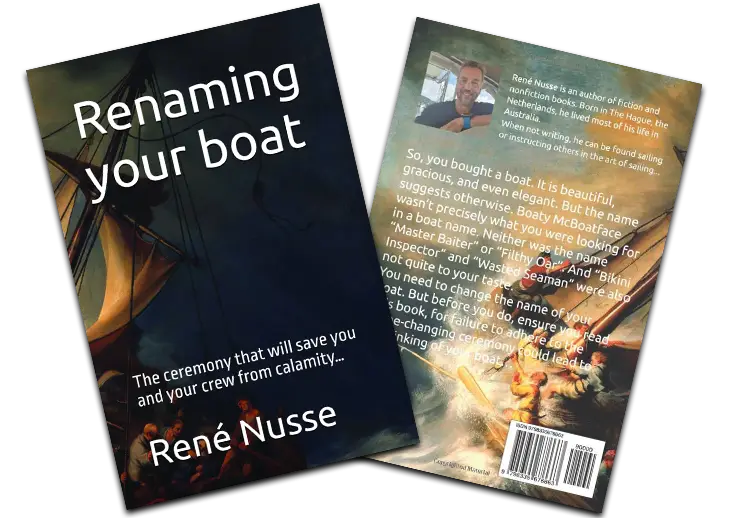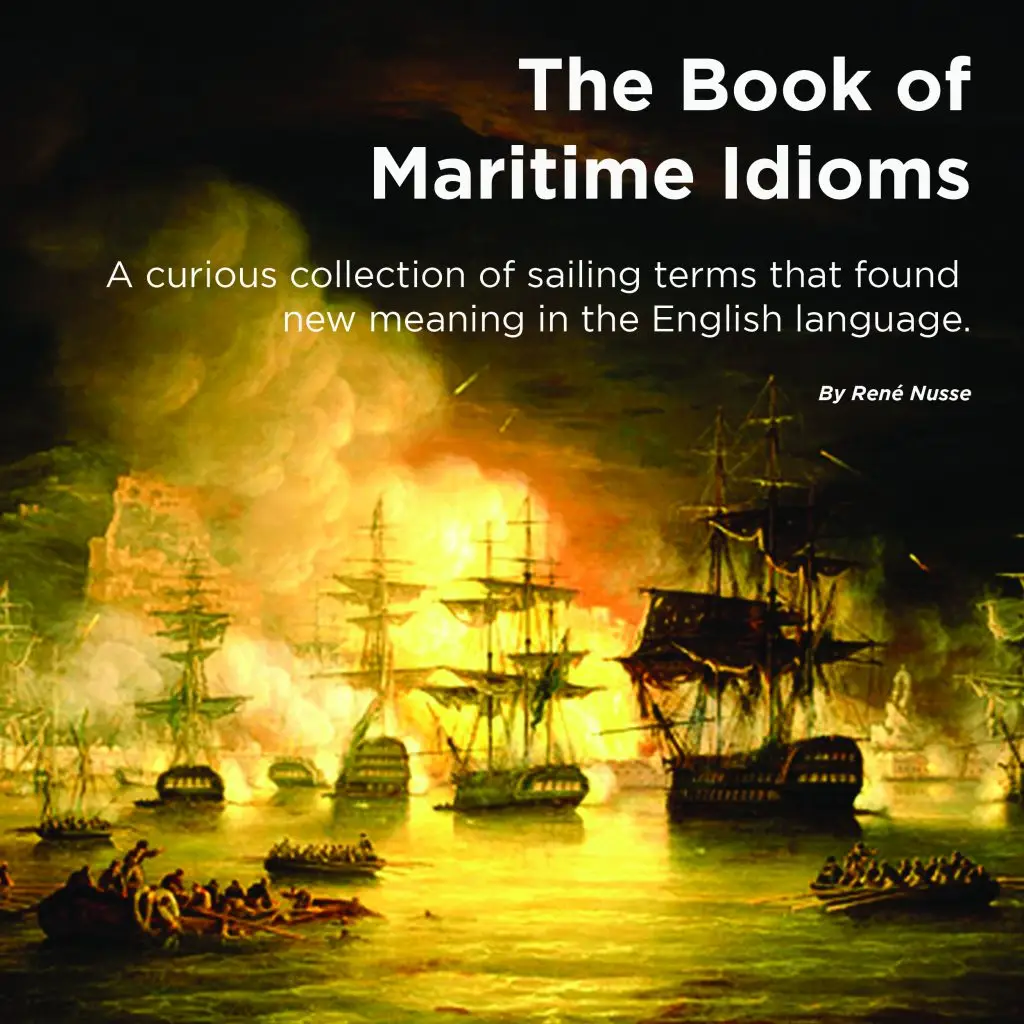Sail Measurement Code
Whether you’re racing under handicap rules or ordering new sails for your boat, you’ll encounter sail measurement codes. These standardised terms define the rig’s dimensions and the sails’ maximum allowable sizes. Knowing what they mean is essential for both performance and compliance with racing regulations.
Why Sail Measurement Codes Matter
Sailmaking: Sail lofts use codes to design sails that fit your rig precisely.
Racing rules: Handicap systems like ORC, IRC, or PHRF rely on accurate measurements. Oversized sails may be illegal.
Performance tuning: Understanding measurements helps sailors optimise sail plan balance.
Common Rig Measurement Codes

I-J and P-E are standard measurements sailmakers need to calculate a quote for your new sails, as they give them the sail area of your jib/genoa and main sail, respectively. You can find all these in your vessel’s manual, or if not, you need to obtain these measurements yourself.
I and J (Headsail Rig Measurements)
I: Vertical distance from the deck sheer line (at mast) to the highest point of the foretriangle (usually the top of the forestay).
J: Horizontal distance from the mast at deck level to the base of the forestay at the bow.
(Together, these define the foretriangle, the area used to size jibs and genoas.)
P and E (Mainsail Rig Measurements)
P: The length of the mainsail luff (from boom to top of halyard sheave).
E: The length of the mainsail foot (from mast to outboard end of boom).
(Together, these define the mainsail area.)
PY and EY (Mizzen Measurements)
- “PY” is the luff length of the mizzen of a yawl or ketch, measured in the same manner as for the mainsail.
- “EY” is the length of the foot.
IY (staysail measurement)
- “IY” is the “I” measurement for the staysail halyard.
TPS (spinnaker pole measurement)
- “TPS” or also “STL” is the length along the deck from the front of the mast to the forward end of the bowsprit in its fully extended position.
LP (Luff Perpendicular)
The shortest distance from the luff of a headsail to its clew.
Expressed as a percentage of J. For example, a “150% genoa” means LP = 1.5 × J.
HB (Headsail Base)
Sometimes used in measurement rules as the straight-line distance across the foot of the headsail.
SMG (Spinnaker Mid-Girth)
The width of the spinnaker at its midpoint.
It is essential to distinguish between symmetrical and asymmetrical spinnakers under the rating rules.
SL (Spinnaker Luff / Leech Length)
Maximum length of spinnaker luff (asymmetric) or leeches (symmetric).
Foot (F or SF for spinnakers)
The bottom edge of the sail is critical for area calculations.
How Sail Area Is Calculated
Mainsail Area = (P × E) ÷ 2
Headsail Area = (I × J × LP%) ÷ 2
Spinnaker Area = Typically measured with girths and luff/leech lengths, using specific handicap-rule formulas.
Racing Applications
IRC/ORC/PHRF Rules: Require precise sail measurements to calculate a boat’s handicap rating. Oversized sails may incur penalties.
Class Rules: One-design classes (like J/70, Laser, etc.) mandate exact measurements to ensure fairness.
Custom Sails: Racers often maximise allowable dimensions (e.g., LP just under 150%) for more power within the rules.
Cruising Applications
Cruisers also benefit from knowing sail codes:
Ensures replacement sails fit existing rigging.
Helps balance sail plan by comparing genoa size to mainsail area.
Helpful in matching sails to furlers (e.g., a 135% headsail for easy handling).
Conclusion
Sail measurement codes—I, J, P, E, LP, SMG, SL, and others—are the technical language of sailmaking and racing. They define not only how sails fit but also how boats are rated, compared, and optimised. By understanding these measurements, sailors can communicate effectively with sailmakers, comply with race rules, and make informed choices to improve performance and safety at sea.
In racing, sail measurement codes set the limits. In cruising, they ensure balance and fit. In both, they’re the foundation of innovative sail management.
Author
-

Rene is a keelboat instructor and sailing coach in the Mandurah area WA. He is also the author of several books about sailing including "The Book of Maritime Idioms" and "Renaming your boat".
View all posts


